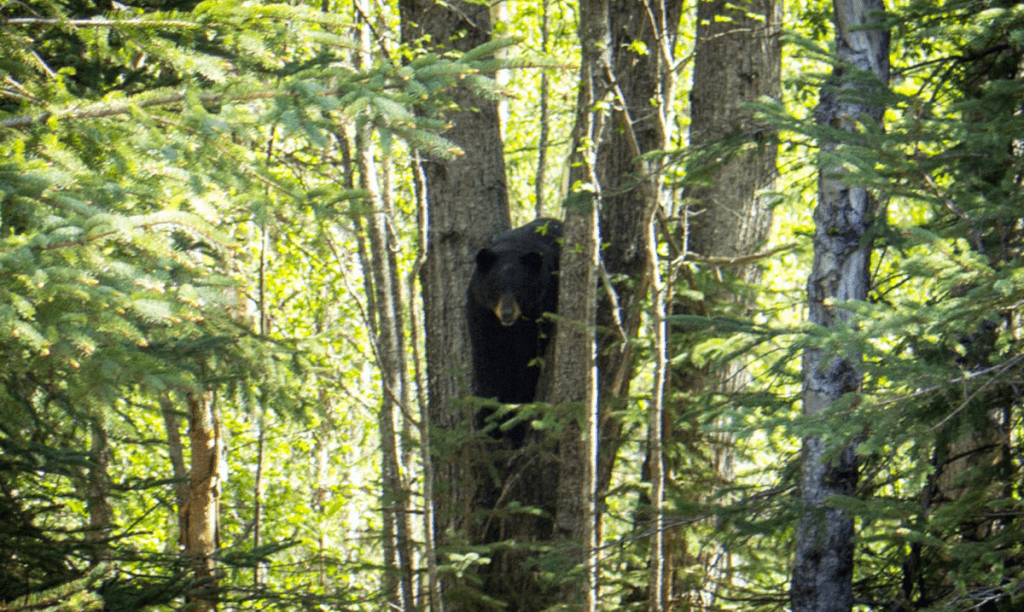
Pre-Season Scouting for Northern Fall Black Bears
By Phil Massaro
The black bear, Ursus americanus, is a favorite big-game animal, and with population numbers increasing each year, the opportunity to hunt one is better than ever. They are shy animals yet will make an appearance in populated areas to attack unwary bird feeders and garbage cans with vigor. A bear is an opportunist, taking full advantage of a food source, whether they have to hunt and kill it, forage for it or plunder mankind’s belongings. Simply put, a bear is driven by its stomach, and a wise hunter will use that fact to their advantage.
It’s All About the Food
While the spring hunting seasons are most popular—bears are coming out of hibernation are absolutely ravenous and, on some level, make for an easier hunt—the fall hunting seasons often coincide with deer seasons. While a dedicated fall bear hunt is surely possible, many are taken as a target of opportunity, but you need to be in the right place at the right time.
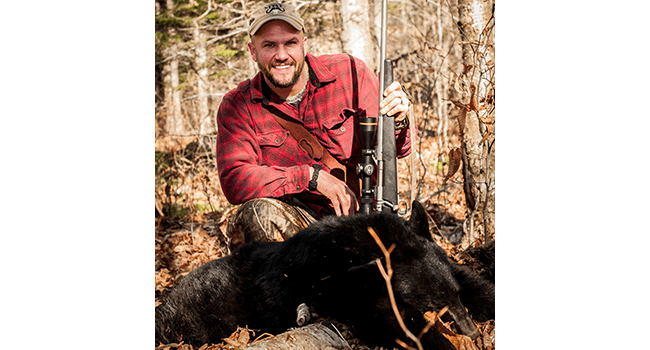
A bear is driven by hunger, and a wise hunter will use that to their advantage.
The black bear’s range extends from coast to coast and from some of the southernmost states like Florida, New Mexico and Arizona all the way into Canada and Alaska, but the species is predominant in northern regions. Depending on the part of the country you’re hunting, you’ll be targeting different food sources, and here in upstate New York, where I live, I like to concentrate on places that are in close proximity of both remote wilderness and a sizeable food source. A bear will make a sizeable dent in a standing cornfield, for instance, knocking over stalks and rolling around in the field as they devour ears of corn. Here in the Hudson Valley, we also have a good number of fruit farms, and the fall apple crop is a black bear favorite. Soybeans, wheat, and other crops will also attract them.
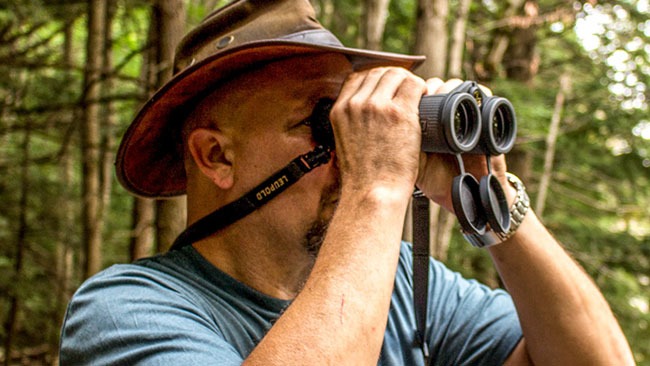
Time spent scouting in the bear woods can definitely pay off once the season arrives. The more information you can gather, the better your odds will be.
Sightings, Tracks, Scat and Footwork
Possible food sources aside, the best way to scout for black bears is to actually see a black bear. Sightings, either your own or by someone you trust, are a nearly guaranteed means of knowing you’ll be hunting in the right area. I like to concentrate on places that are in close proximity to both remote wilderness and an attractive food source.
So, what if you haven’t seen a bear or heard of recent sightings? If your hunting area doesn’t border an agricultural area, there are no two ways about it: You’ll have to use your legs to find bear sign.
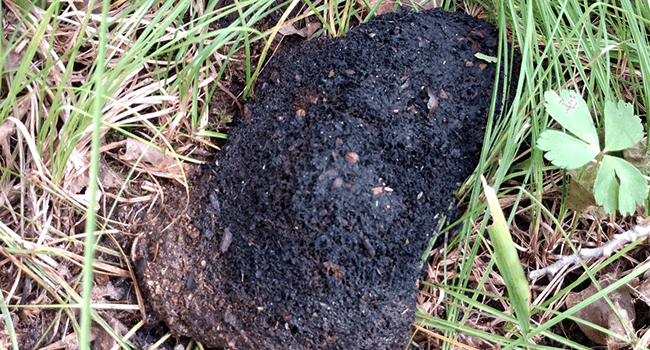
If the author had to wager, he’d say this bear has been feeding on grasses and the like, based on the lack of seeds and nut fragments in his scat. (Photo courtesy of North Country Guide Service)
In wooded areas, especially those remote areas away from human population, the bear’s diet and mindset will change as the fall progresses. Finding bear scat, certainly a tell-tale sign of their presence, provides clues as to what they’ve been dining upon. Undigested seeds from berries, seeds of grasses, pieces of nuts and other bits of food stuffs will indicate their menu and give you a leg up on the food sources on which you can set up a possible stand.
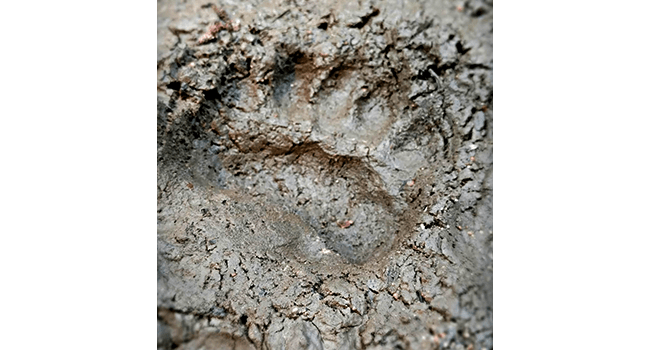
Finding bear tracks in the mud gives a good indication of both bear size and the number of bears in your area. (Photo courtesy of North Country Guide Service)
Water sources in wooded areas are another place to start looking for a sign. Look for tracks in the mud or flipped-over stones where a bear has been searching for grubs and other insects. When I find these signs, I then fan out, looking for game trails in order to find more tracks and other signs of bears in the area, such as rotted stumps that have been torn up in the search for insects or claw marks on trees where a bear may have climbed for safety. When the weather is still warm, I also look for day-bed imprints in the landscape. Bears like shady, secluded places to lie up in the heat of the day, and these beds are yet another good indication you’re in the right place.
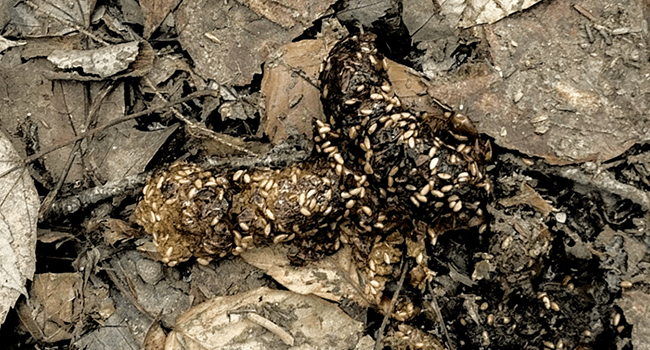
This bear has been into the berries, judging by the amount of undigested seeds in the scat.
One thing to keep in mind is that, with agricultural areas, bears may use well-defined trails to and from crops, because these are reliable food sources. But bears living in dense wooded areas will have a harder time keeping their bellies full. Their food is far more widely scattered, so these bears tend to cover a lot of ground. You will be forced to do the same while scouting.
Getting the Timing Right
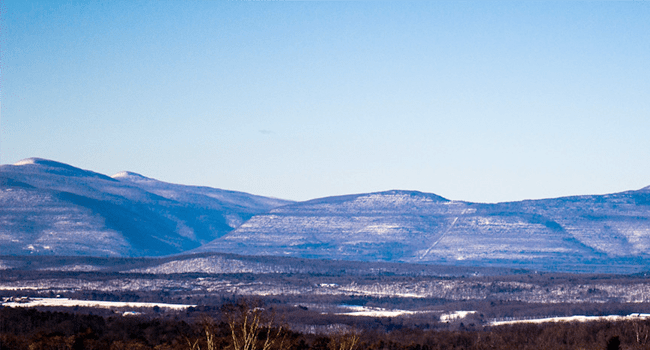
The Catskill Mountains lie in close proximity to the farms of the Hudson River Valley, and bears use the remoteness of those hills for shelter, while often feeding on the crops of the farms.
Depending on when the fall bear season in your area opens, your bear scouting will take place at different times of the year. In New York, we have an early bear season in September in both the Catskill Mountain areas in our Southern Zone and in the Adirondack Mountain areas in the Northern Zone, with our bow season opening in October and firearm seasons opening in October and November. I start scouting in mid-August, looking for the signs I’ve mentioned, but keeping in mind that, as autumn progresses, food sources will change. Berry patches are a hit with bears early on, for instance, but berry patches don’t provide a food source for long. If your season coincides, hit them while they’re hot and, if not, move on.
Knowing your trees will also help you plan out a hunting strategy. If you can’t tell an oak from a maple, grab a book on the various tree species in your part of the world or find a website that will help you identify species by both bark and leaf. In the remote wooded areas, a crop of white oak acorns will draw bears (as well as deer and turkeys) like a paperclip to a magnet. But it can be tough to tell a white oak from a rock oak, which has plentiful but bitter acorns and is not a favored bear food, without doing your homework.
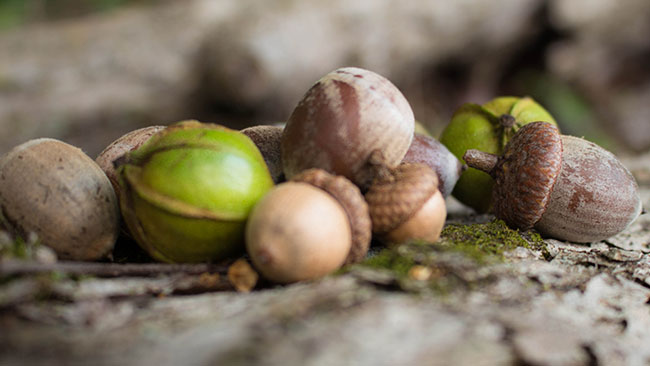
Bears love to feed on various nuts in the fall, including acorns, beech nuts and hickory nuts, as well as all sorts of berries.
White oak acorns aren’t the only nuts that satisfy. In my region, beech nuts are another bear favorite. Just last November, during our firearm seasons for deer and bears, I was quietly heading toward a favorite spot of mine. We’d had about two inches of snow the night before, and it was wet and heavy in the morning sun. The tracks of a turkey flock were plain to see on the logging road. Within a couple hundred yards of finding the tracks, I could hear those turkeys scratching in the leaves, making a helluva racket. Carefully, I approached the feeding flock, avoiding disturbing them, and much to my surprise what I found was a black bear sow and her trio of cubs, feeding frantically among a small stand of beech trees that had borne fruit that year.
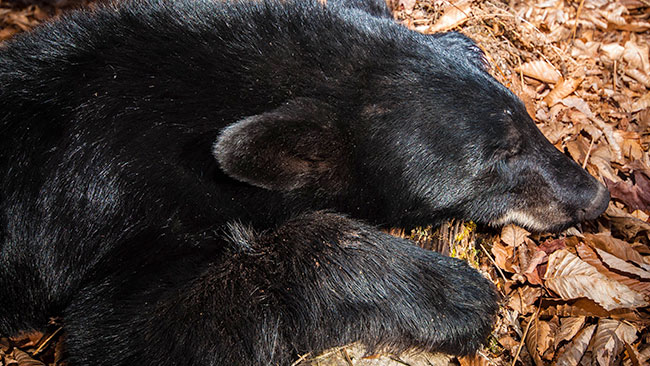
An average-sized New York black bear, taken in mid-November while feeding on acorns and beech nuts.
The lesson is, find the right food source and you’ve got a good chance at finding the bear. Think with your stomach, then cover the ground you need to find the perfect place to establish your stand. From there, it’s a winter of hearty bear stew and bear steaks, plus a glossy black bear rug for your den.
About the Author
Phil Massaro is a freelance author and editor-in-chief of Gun Digest Annual. He is happiest hunting the wildest places left on earth.
Connecticut Hunter Education Instructor Dieter Bromkamp explains the importance of having and maintaining a solid scent control regimen and offers many tips that you can implement before your next hunt.
 Turkeys make a tough target. They are difficult to see and even harder to harvest. The head and neck are the only vital areas that ensure a fast, clean hunt, but this will only happen if your shotgun throws a tight, dense shot pattern.
The best shotgun choice for turkeys is a 12-gauge magnum, though the 10 gauge is gaining some ground among turkey hunters. The best shot sizes are No. 2, 4, 5, or 6. The best shotgun chokes are Full, Extra Full, and Super Full.
Turkeys make a tough target. They are difficult to see and even harder to harvest. The head and neck are the only vital areas that ensure a fast, clean hunt, but this will only happen if your shotgun throws a tight, dense shot pattern.
The best shotgun choice for turkeys is a 12-gauge magnum, though the 10 gauge is gaining some ground among turkey hunters. The best shot sizes are No. 2, 4, 5, or 6. The best shotgun chokes are Full, Extra Full, and Super Full.
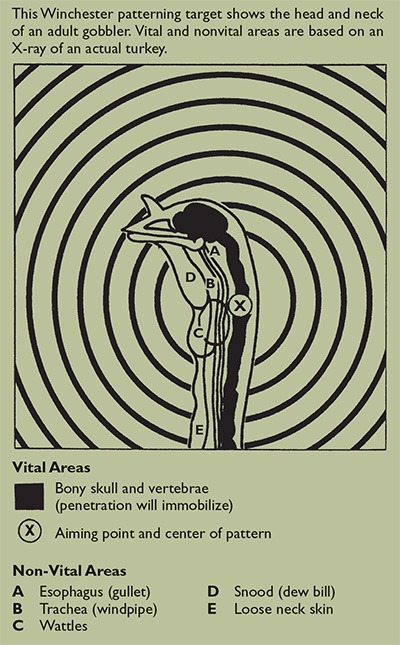

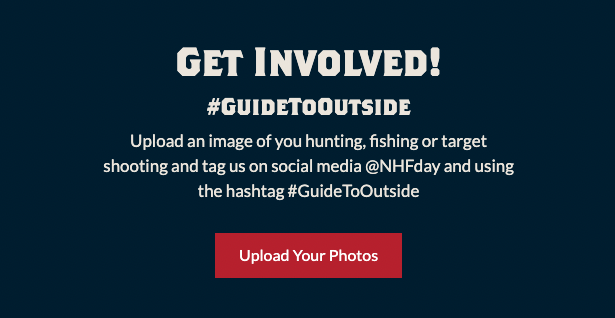
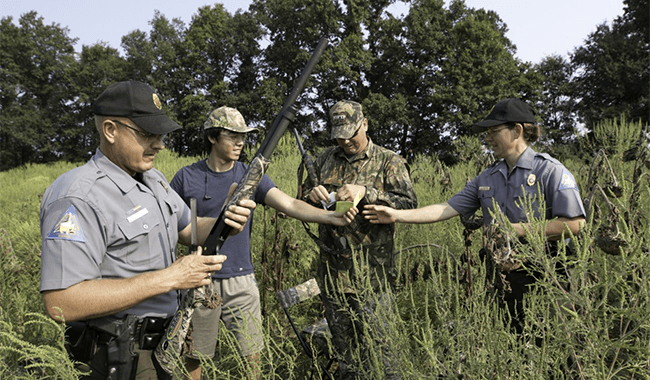 1. Public Lands and Wildlife Management Areas: One of the best and most accessible options for hunting collared doves ethically is on public lands and wildlife management areas. These areas are often managed by state or federal agencies, and hunting regulations are strictly enforced to ensure sustainable practices.
1. Public Lands and Wildlife Management Areas: One of the best and most accessible options for hunting collared doves ethically is on public lands and wildlife management areas. These areas are often managed by state or federal agencies, and hunting regulations are strictly enforced to ensure sustainable practices.